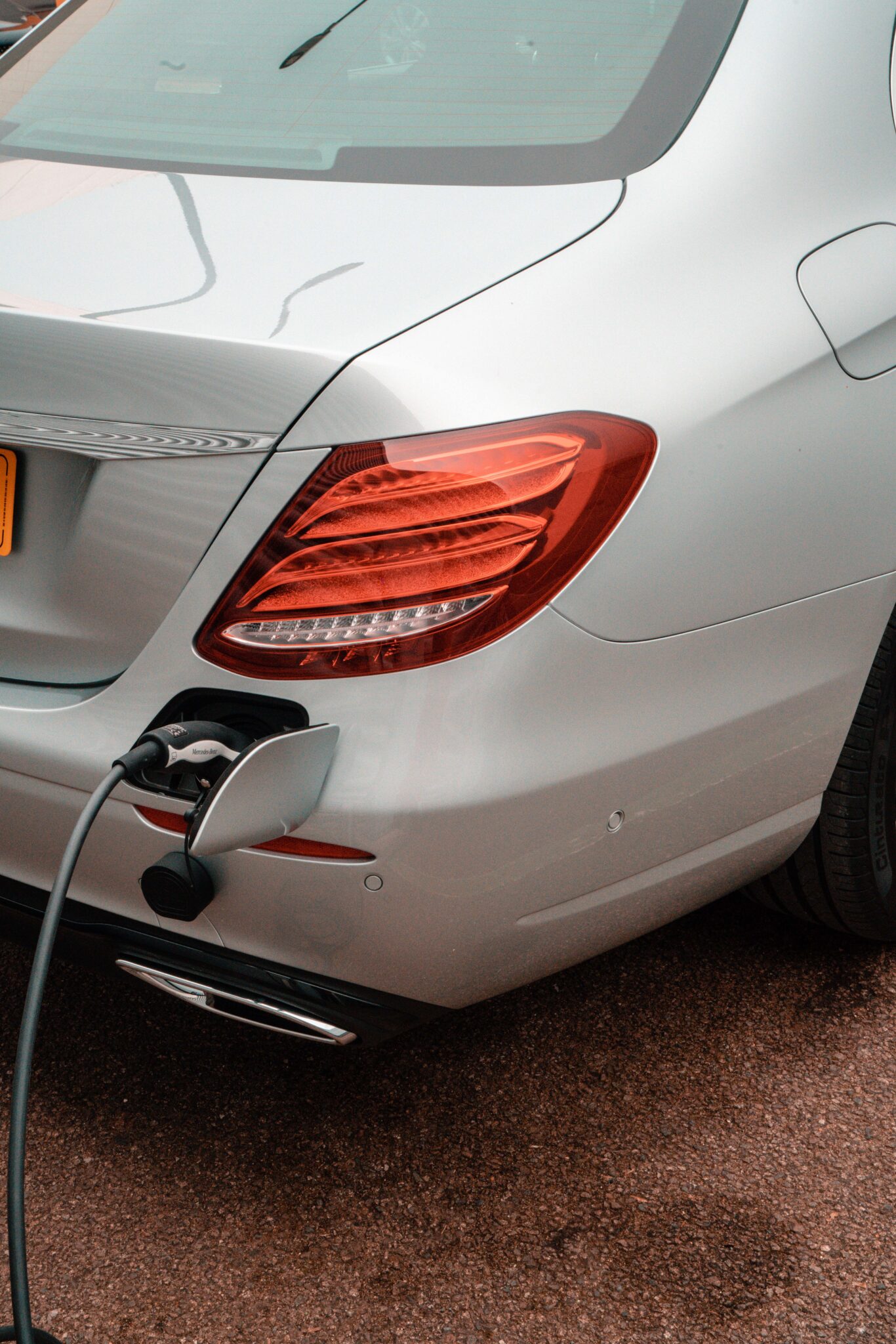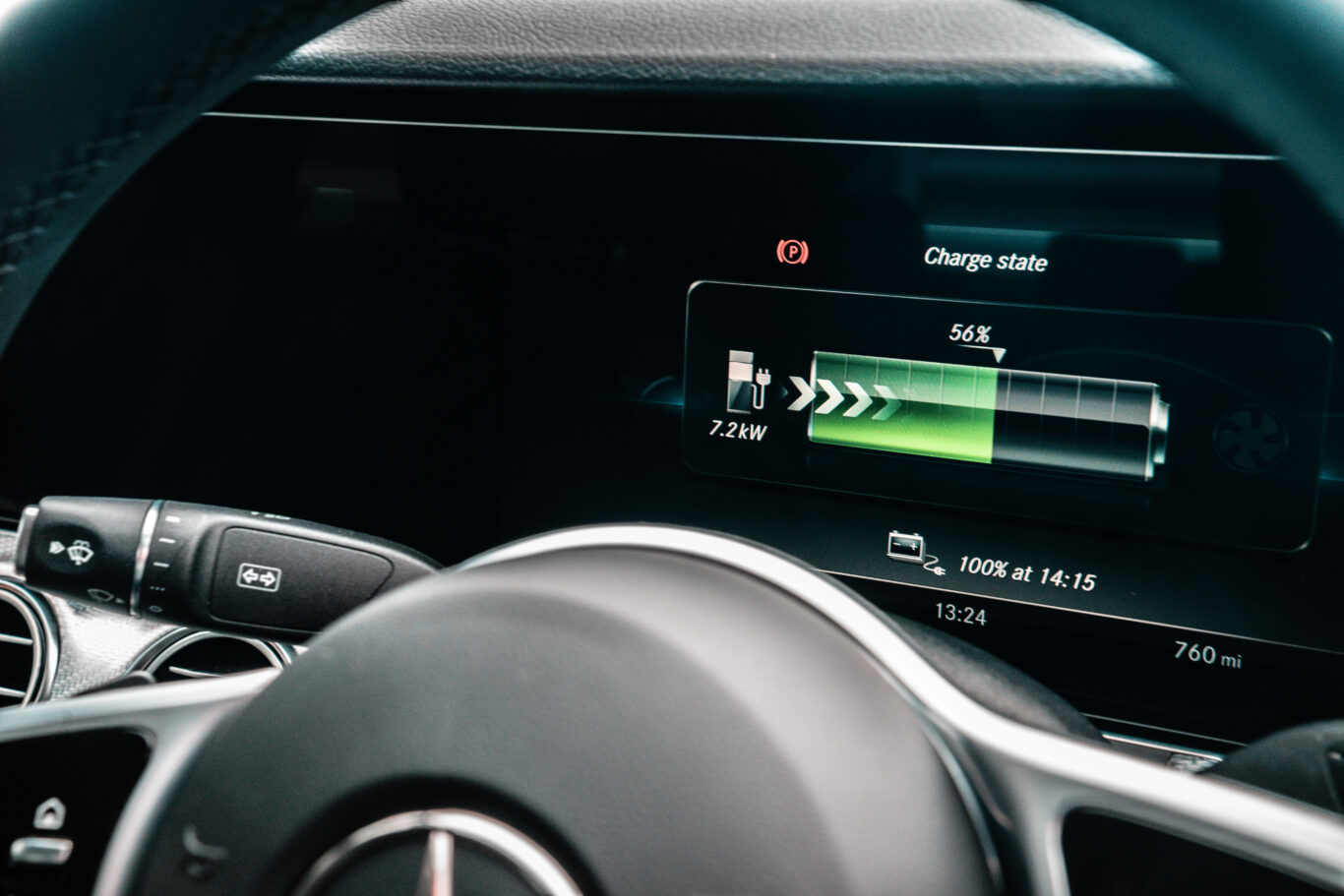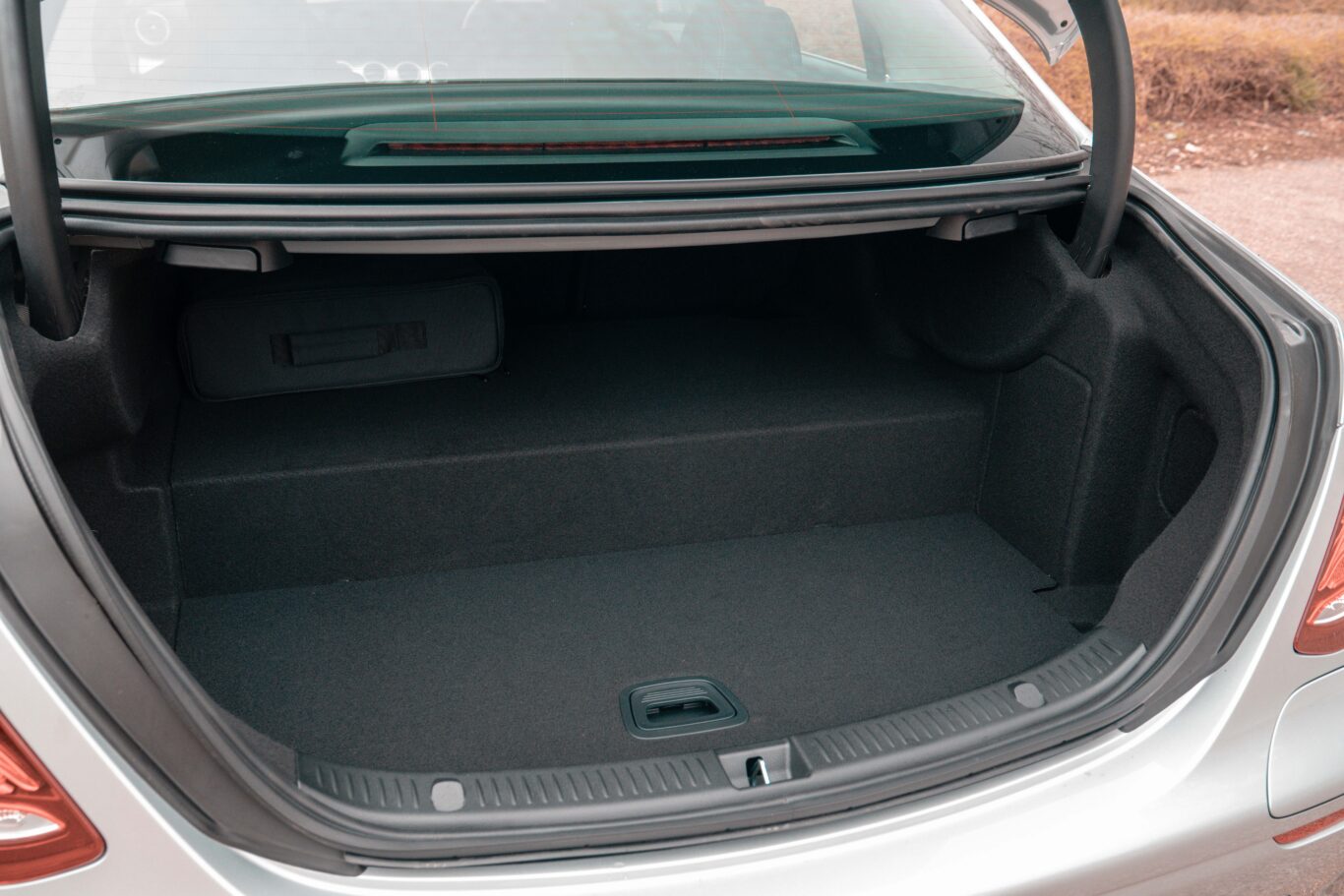UK Drive: The Mercedes-Benz E 300 de electrifies diesel power
The E 300 de is one of the few cars available which combines a diesel engine with electric assistance. Ryan Hirons has been out to see how it gets on

What is it?
There are two strong trends in the motoring world at the moment — a decline in diesel, and a surge in electrified vehicles. The former has been lambasted for its impact on the environment, while the latter options are quickly becoming feasible daily drivers rather than just the niche machines they once were.

Combining the two is almost unheard of though, but Mercedes has decided to have a go at it with this — the E 300 de. After all, why not combine the long-distance efficiency of a diesel with the guilt-free urban capabilities electric power brings?
What’s new?
It’s ‘de’ that’s crucial on this particular E-Class, denoting its aforementioned diesel-electric powertrain. You wouldn’t guess it’s anything out of the ordinary compared with any other option in the saloon’s range at a first glance though, with Mercedes preferring to keep its electric capabilities understated — at least in terms of the car’s design.
What’s under the bonnet?
Powering the E 300 de is a 2.0-litre diesel engine on its own producing 191bhp, paired up to an electric motor with an output of 121bhp with a total torque figure of 700Nm. The result is a car capable of 0-60mph in 5.7 seconds before reaching a 155mph top speed. This pairing also translates into a claimed 166.2mpg with emissions coming in at just 41g/km.

It’s a seriously compelling combination. When in hybrid mode, the diesel engine seldom kicks in — resulting in a car that’s often incredibly refined and can deliver an impressive fuel return on longer runs, sitting around 60mpg in real-world driving. Its 32-mile all-electric range may not seem like too much but could make this the perfect car for drivers with a short commute.
What’s it like to drive?
Electrifying the E Class hasn’t done a whole lot to change the overall driving experience of the saloon. It remains akin to driving around in a giant pillow, with a very well cushioned ride. It’s far from an engaging experience, but that’s the trick of this car — making driving effortless and relaxing. It would be quite easy to chew up a few hundred motorway miles without thinking about it.

That said, it is still huge — so navigating around town is not the car’s strongest point. Visibility all-round is good though which softens the blow, while a whole host of optional cameras and assistance technology is at hand if you’re willing to dive into your pockets for the sake of convenience.
How does it look?
Though many manufacturers are keen to make their electrified vehicles stand out as such, Mercedes avoided such temptation here — preferring to keep the E 300 de firmly in line with the rest of the range.
In fact, you’d be hard pressed to even notice this is a hybrid model at all — save for the flap covering the charging point. Not only is it understated as a hybrid, but just as a car anyway — with the E Class keeping a reserved, yet elegant approach to design.
A little more flair can be introduced on AMG Line models, but Mercedes has preferred to avoid heading down the route of wild performance car-esque add-ons here other manufacturers could be accused of doing.
What’s it like inside?
That typical Mercedes theme continues into the cabin. High quality materials are deployed throughout, while the E Class’ large dimensions translate to plenty of space for all five occupants the car can take on.

Keeping along with the manufacturer’s trends though, controls of the car can be a little confusing at first — with a column mounted shifter, touch-sensitive buttons on the steering wheel to control the digital instrument cluster and the firm’s confusing old infotainment system that’s operated via a trackpad. We’d like to have seen its more user-friendly MBUX software make an appearance here.
Boot space is notably affected by the introduction of batteries, though. It’s down to 400 litres from 540 in non-electrified variants.
What’s the spec like?
Tested here is the SE variant of the E 300 de. As standard, this trim benefits from blind spot assist, illuminated door sills, split-folding rear seats, Mercedes’s Parking package bringing sensors front and rear plus ‘Active Parking Assist’ which can self-park the car (though the system can be hit-and-miss), ambient lighting, heated front seats and 18-inch alloy wheels.

Its £47,700 starting price seems fairly reasonable, though it quickly sky rockets in the options list — with the £2,295 Premium package bringing highlights such as a Burmester surround sound system and a panoramic sunroof. Spec’ing the £1,855 Comfort package requires the former too — though brings with it air suspension technology for a more comfortable ride.
Verdict
Though the combination of diesel and electric is rare on the market, Mercedes has made it a very appealing prospect with the E 300 de. It truly delivers the efficiency of diesel on longer runs while also proving just as useable as an EV around town — even if its range seems somewhat limited.
It hasn’t spoilt the E Class formula of elegance and comfort in the process, though those searching for more driver involvement won’t find it here — and it’s hard to ignore the 100 litres of boot space lost over its more traditional siblings.





